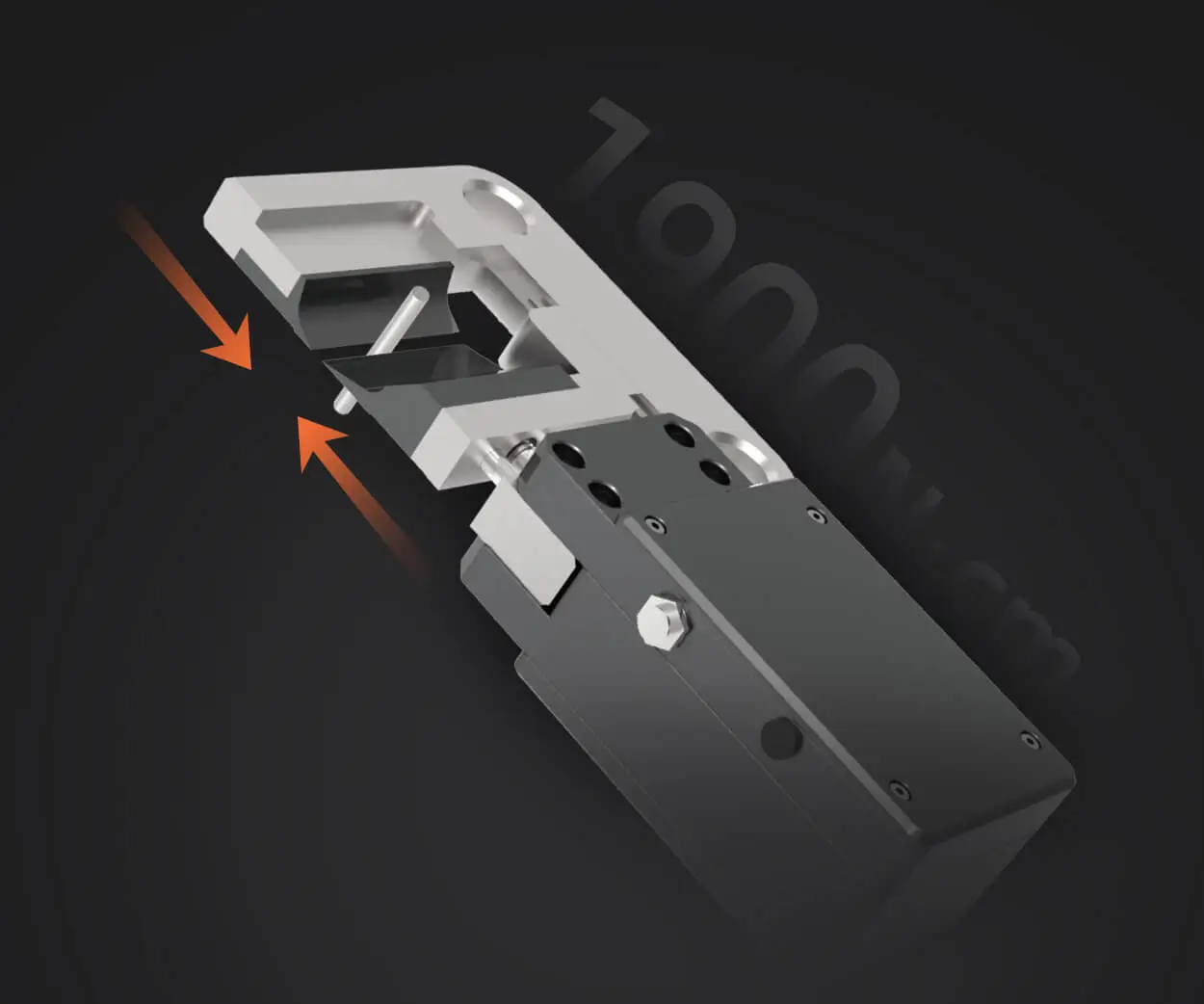Unlocking the Power of Servo Motors with ESP32: Your Ultimate Connection Guide
In the world of DIY electronics, robotics, and IoT projects, the combination of an ESP32 microcontroller and servo motors stands out as a powerful duo. Whether you're building a robotic arm, a remote-controlled vehicle, or a smart automation system, understanding how to connect and control servo motors with an ESP32 is a foundational skill.

Why choose ESP32 for servo motor control?
The ESP32 is a versatile, powerful microcontroller featuring dual-core processors, integrated Wi-Fi and Bluetooth, and a rich set of GPIO pins. Its capabilities make it ideal for remote, wireless control of hardware components like servo motors. Plus, the ESP32's built-in PWM (Pulse Width Modulation) support simplifies the task of controlling servo motors accurately.
Understanding servo motors
A servo motor isn't just a motor; it’s a feedback system that allows precise position control. Typical hobby servo motors operate on a PWM signal, where the width of the pulse determines the angle of the servo arm. Usually, a 1 ms pulse corresponds to 0 degrees, and a 2 ms pulse corresponds to 180 degrees, with the middle (1.5 ms) representing the neutral position.
What you'll need
Before diving into wiring and code, gather these essentials:
An ESP32 development board A standard hobby servo motor (commonly 9g or similar) A power supply suitable for your servo (often 5V) Jumper wires and a breadboard A computer with Arduino IDE or PlatformIO installed
Hardware setup basics
Connecting a servo motor to an ESP32 isn't complicated, but safety and correct wiring are paramount. Here's a quick checklist:
Connect the servo's power (usually red wire) to a 5V source Connect the servo's ground (usually black or brown wire) to both the power supply ground and ESP32 ground Connect the control signal wire (often yellow or white) to a PWM-capable GPIO pin on the ESP32
While the ESP32’s 3.3V logic is compatible with most servos' control input, ensuring the servo's power supply is appropriately regulated is critical to prevent damage or erratic behavior.
Step-by-step Wiring and Programming to Control a Servo Motor with ESP32
Now that you understand the basics, let's walk through a detailed, step-by-step process to connect and control your servo motor using the ESP32.
Step 1: Hardware Wiring
Power Connection: Connect the servo's red wire to a 5V power source. If you're powering the servo from your computer's USB or an external power supply, verify that the voltage is steady at 5V. Some servos draw significant current, and powering them directly from the ESP32's 3.3V pin isn't sufficient or safe.
Ground Connection: Connect the servo's black or brown wire to the common ground (GND). Make sure the ground of the power source, ESP32, and servo are all connected together. This common ground reference is vital for proper signal reading.
Control Signal: Choose a GPIO pin on the ESP32 capable of hardware PWM, such as GPIO 16, 17, 18, or 19. Connect the servo's control wire to this pin. For safety, use a transistor or a breadboard jumper wire if needed, especially when handling larger power loads.
Power Safety Tips: Avoid powering multiple servos or high-current devices directly from the ESP32. Use an external 5V power supply to ensure stability. Also, consider adding a 100 µF capacitor across the power supply to smooth out possible voltage spikes.
Step 2: Software Setup and Coding
The next step entails programming the ESP32 to generate PWM signals that control the position of the servo.
Install Arduino IDE / PlatformIO: Make sure your development environment is ready. For Arduino IDE, include the ESP32 board definitions and drivers.
Include Servo Library: Use the Servo library in Arduino IDE, which simplifies controlling servos.
#include Create and Attach the Servo Object: Define a servo object and attach it to the desired GPIO pin. Servo myServo; void setup() { myServo.attach(16); // assuming GPIO16 is used for control } Write Control Code: Create functions to set the servo position. Typically, the write() function accepts degrees from 0 to 180. void loop() { for (int pos = 0; pos <= 180; pos += 1) { myServo.write(pos); delay(15); // waits 15ms for the servo to reach the position } for (int pos = 180; pos >= 0; pos -= 1) { myServo.write(pos); delay(15); } }
This simple code smoothly moves the servo back and forth.
Advanced control:
For more precise positioning, you can use PWM directly, or control multiple servos simultaneously. Libraries like ESP32Servo optimize PWM control for multiple servo motors.
Step 3: Testing and Troubleshooting
Once the wiring is complete and the code uploaded, observe the servo's movement. If it isn't responding:
Double-check wiring connections, especially power and ground. Ensure the power supply is adequate. Verify that the control pin number matches your code. Add a capacitor across power lines if jitter occurs. Keep signal wires away from power and ground wires to reduce interference.
Practical Tips for Real-world Use
Always power your servo separately from the ESP32 if your servo needs high current. Use shielded or twisted wires for control signals in noisy environments. Implement limit switches for automation projects to prevent servo over-rotation. Consider adding a feedback system for precise control if your application demands high accuracy. Use a dedicated power supply rated for your servo's stall current to ensure stability.
In the next installment, we'll explore advanced control techniques, wireless operation, integration with sensors, and practical project ideas making the most of your ESP32 and servo motor setup. Stay tuned for innovative ways to leverage this powerful combination!
Kpower has delivered professional drive system solutions to over 500 enterprise clients globally with products covering various fields such as Smart Home Systems, Automatic Electronics, Robotics, Precision Agriculture, Drones, and Industrial Automation.




































